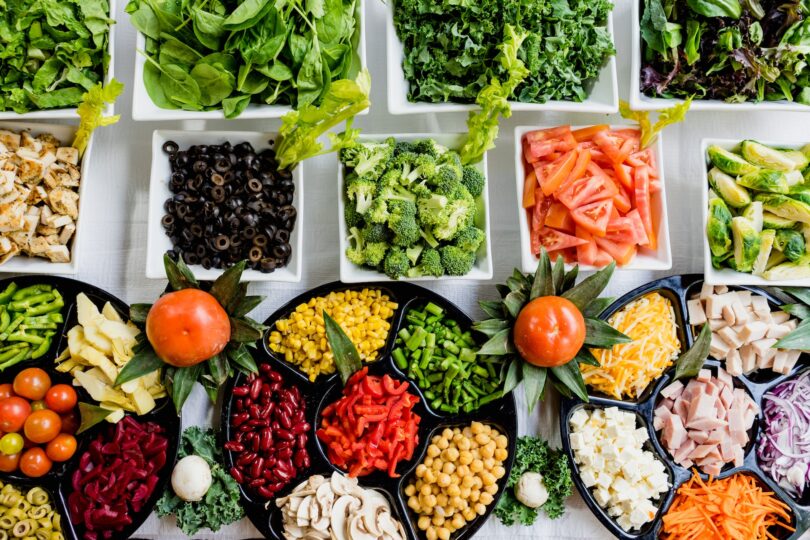Table of Contents
Introduction
In the quest for holistic well-being, the intertwining of yoga and food plays a pivotal role. This dynamic duo not only nurtures the body but also nourishes the soul. Let’s delve into the profound synergy between these two vital elements.
The Harmony of Yoga and Food
Nourishing the Body and Soul
Eating is not merely a physical act; it’s an experience that should align with the principles of yoga. Choosing nutrient-dense, whole foods can enhance your practice, providing sustained energy and mental clarity.
Mindful Eating: A Yogic Practice
Integrating yoga philosophy into your meals promotes mindful eating. Engage all your senses, savor each bite, and cultivate gratitude for the nourishment provided. This practice fosters a deeper connection between body, mind, and food.
Yoga and Food: The Symbiotic Relationship
Enhancing Flexibility and Digestion
Certain foods, like leafy greens, fruits, and lean proteins, support flexibility and aid digestion, complementing the physical benefits of yoga postures. Incorporate these into your diet to amplify the effects of your practice.
Balancing Doshas through Nutrition
According to Ayurveda, an ancient Indian system of medicine, different yoga practices and foods can balance the three doshas: Vata, Pitta, and Kapha. Understanding your predominant dosha allows for a personalized approach to both yoga and nutrition.
Fueling Your Practice: Pre- and Post-Yoga Meals
Pre-Yoga: Energizing the Body
Opt for a balanced meal rich in complex carbohydrates, lean proteins, and healthy fats about 2-3 hours before your practice. This ensures sustained energy levels and primes your body for the physical demands of yoga.
Post-Yoga: Restoring and Replenishing
Following a session, prioritize replenishing lost nutrients and aiding muscle recovery. A combination of protein and carbohydrates, such as a smoothie with Greek yogurt and berries, supports optimal recovery.
Related Article: Yoga and Food Habits: Achieving Holistic Wellness
FAQs (Frequently Asked Questions)
Can I practice yoga on a full stomach?
Engaging in rigorous yoga on a full stomach is not recommended. It’s best to wait at least 2-3 hours after a meal before practicing to avoid discomfort and promote a focused practice.
How can I incorporate mindfulness into my meals?
Start by eliminating distractions during meals. Sit in a calm environment, chew slowly, and savor each bite. Express gratitude for the nourishment you receive, fostering a deeper connection with your food.
Are there specific foods that enhance meditation practices?
Yes, foods rich in antioxidants and omega-3 fatty acids, like berries and walnuts, support cognitive function and enhance the meditative experience.
Can yoga and food help with weight management?
Absolutely. A balanced diet coupled with regular yoga practice can aid in maintaining a healthy weight. It promotes mindfulness around eating and encourages physical activity.
How can Ayurvedic principles be applied to food choices?
Understanding your dosha can guide your food choices. For example, if you’re predominantly Vata, warm and grounding foods can help balance your energy.
Are there any specific diets that align with yoga philosophy?
While there’s no one-size-fits-all approach, plant-based diets are often favored in yoga philosophy for their ethical and health benefits. However, it’s essential to find a dietary approach that resonates with your individual needs.
Conclusion
The interplay between yoga and food is a profound journey towards holistic well-being. By aligning your dietary choices with yogic principles, you embark on a path of nourishment for both body and soul. Embrace this harmonious relationship and witness the transformative power it holds
Related Article: Yoga Diet Plan: Nourishing Your Body and Soul







